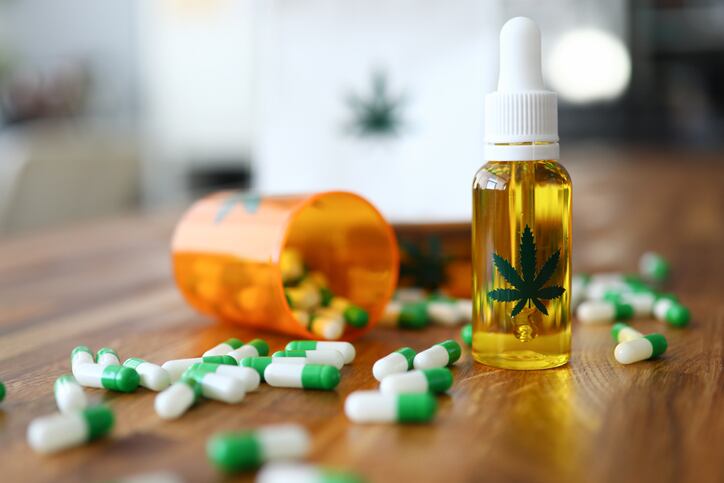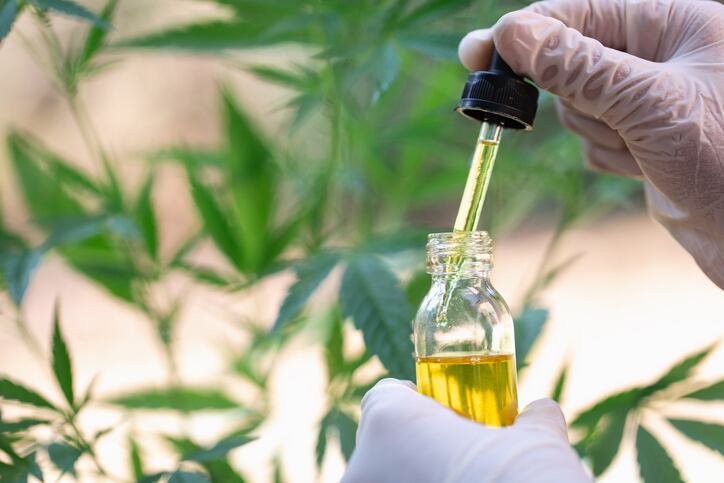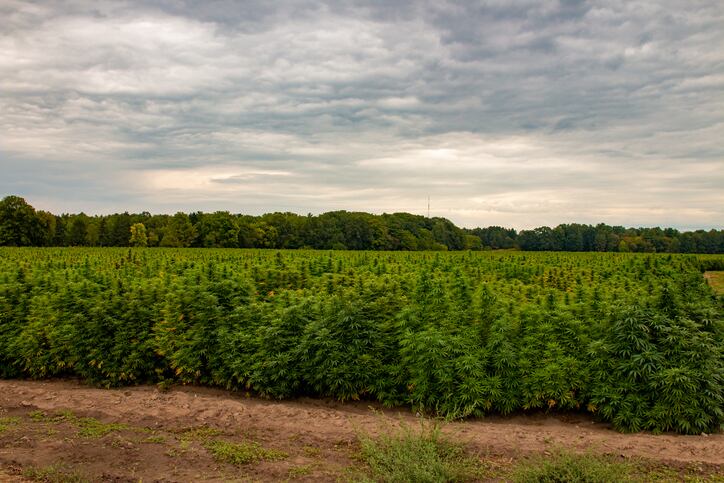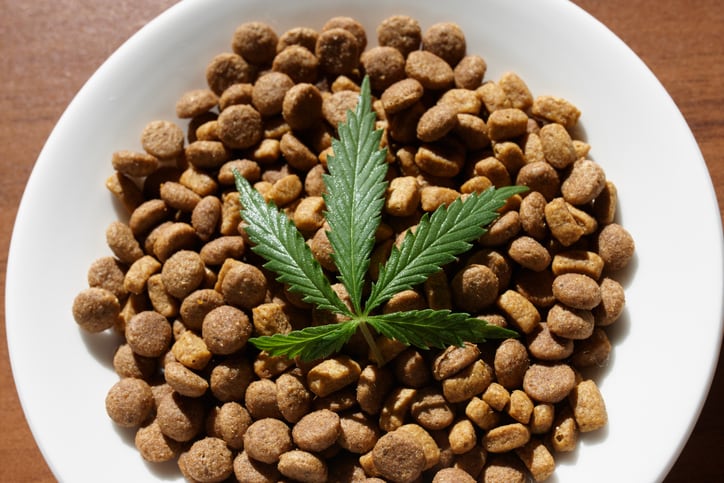LeafReport, a peer-reviewed CBD educational platform, tested 37 different CBD products. They found that the majority of the products tested had CBD levels that fell within the 10% threshold of what was advertised on the label.
The LeafReport study was conducted by Canalysis Laboratories, an independent cannabis testing lab in Las Vegas, Nevada.
Under the microscope
The study found that of the 37 CBD products tested, 27 (73%) contained a CBD amount that was within 90–110% of the amount advertised by the company.
“It looks like this survey is showing the CBD industry is maturing, with 73% of brands testing within 10% of their claimed potency. That shows the consumer is getting what they are paying for,” observed natural industry veteran Steve Hoffman, who is the founder and managing director of Compass Natural.
Kat Merryfield, the founder of CBD brand Kat’s Naturals, said testing labs aren't always inconsistent. "It makes it difficult to label correctly when the lab gets different results for the same product...to combat the propensity for people to bad mouth a manufacturer for being too low, most companies will try to err on the side of the customer by putting in extra CBD, rather than having a test that is low. Most people don't mind more for less money, but they do mind getting less than they paid for."
Noa Gans, Head of Product at Leafreport.com, said the findings also suggest the CBD industry is becoming more transparent, resulting in accurate, higher-quality offerings.
On the other hand, 13% of products were characterized as having failed the test in that they contained as much as 30% more of the CBD levels stated on their label or were as much as 30% understrength. Even with that level of deviation the test could be seen as progress for the industry, as the US Food and Drug Administration has said its own testing in the past revealed that "many" CBD products do not meet label claim.
Go with what you know
According to the report, products from reputable brands had the best results, whereas those offered by lesser-known companies performed worse. "Our findings also confirm that it's a smart choice to buy from reputable, leading CBD brands rather than cheaper, unverified companies," said Gans.
A surprising discovery highlighted in the report stated that most CBD products (84%) contained more CBD rather than less. Of 37 brands tested, 31 had higher CBD content than what was stated on the label, suggesting that customers are getting their money's worth. The question might also be raised as to whether they are getting more than they bargained for.
“More CBD doesn’t necessarily mean more THC, but it could. It’s all about product quality and quality control,” noted Bill Gurley, Principal Scientist in the National Center for Natural Products Research at the University of Mississippi.
"I think that until the Labs have a more accurate and consistent standard, it is wise for a company to calculate their dilution ratios to be on the higher side, within the 10% realm," suggested Merryfield. "If a test shows lower or higher by more than 10% it shows a possibility of a sloppy or inexperienced formulator. I know when I first started it was more difficult to figure out what calculations we should go by; total cannabinoid, total CBD (which includes both CBD and CBDa) or only the CBD. We have learned over time that our customers want to know the CBD level the most and the other cannabinoids, including CBDa, should be a 'bonus.'"
Minor cannabinoids
The tests also showed that many of the products had notable levels of minor cannabinoids.
“Full-spectrum extracts with low THC content typically provide measurable levels of other minor phytocannabinoids like CBD, CBG, CBN, etc. The question now is to what extent do these minor phytocannabinoids contribute to efficacy.” Gurley added that until these minor cannabinoids are shown to have either efficacy or toxicity, their quantity is not likely to be a label requirement.
According to an article from LeafReport, "Many of the CBD products sold, particularly full spectrum products, likely contain significant levels of these cannabinoids and most of the time, the buyer has no information regarding the levels of these different classes of cannabinoids...To date, however, there is no indication that any of the non-CBD and non-THC cannabinoids are unsafe. We just don’t know exactly how they work as separate chemical entities OR how they work within the well known yet poorly described entourage effect."
Overall findings
- 73% of products received an A rating, indicating that CBD levels were within 10% of the labeled amount
- 11% received a B rating within 20% of the labeled amount
- 3% received a C rating within 30% of the labeled amount
- 13% received an F rating, indicating that the tested amount varied by more or less than 30% of the labeled claim
The complete report can be viewed on the LeafReport website.




